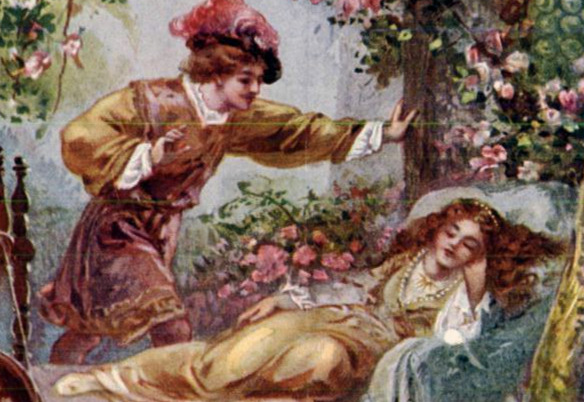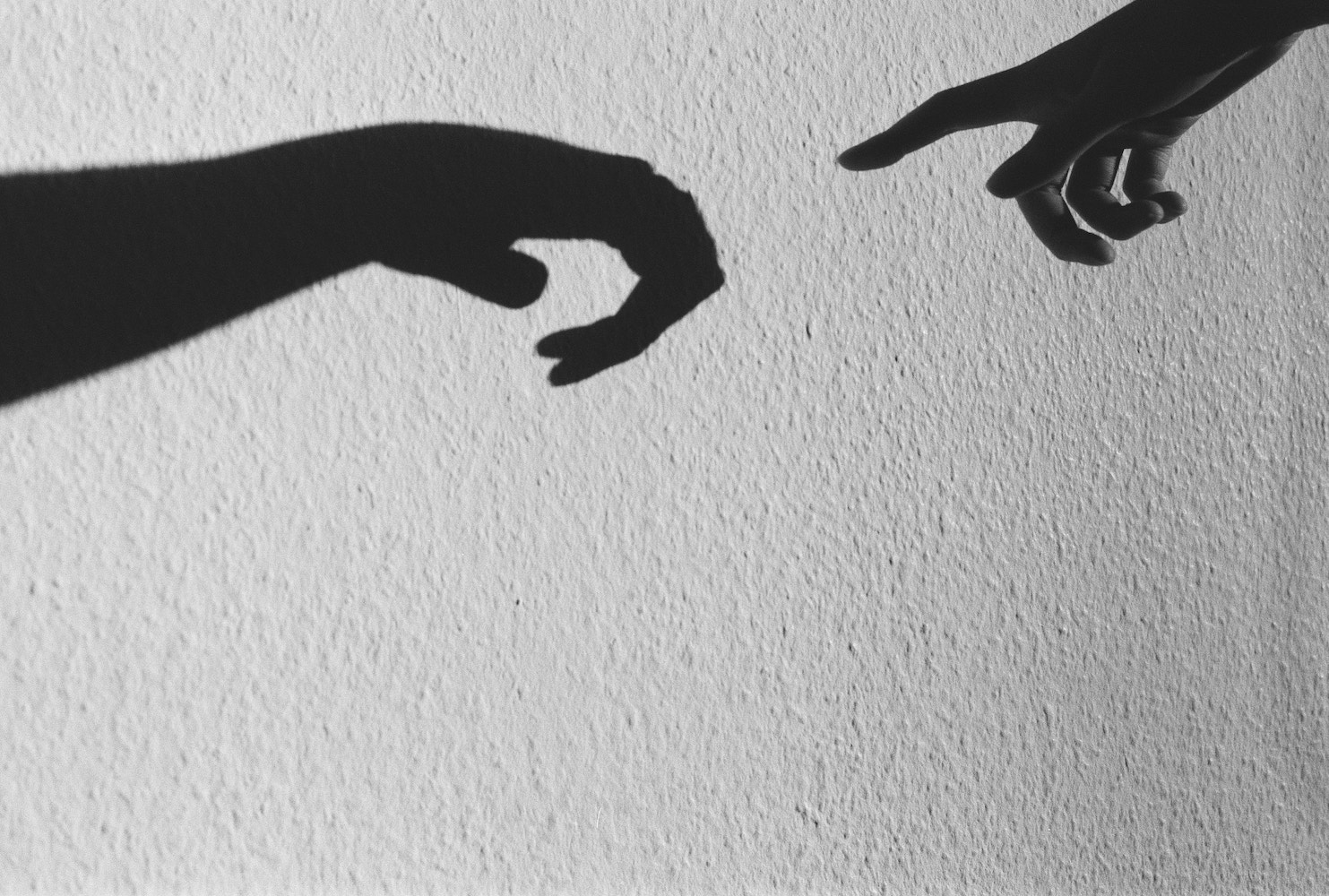Reading Lists
7 Books That Use Fairy Tales to Reveal the Strangeness of the Real World
Rebekah Bergman, author of "The Museum of Human History," on how a fairy tale can subvert what we take for granted as normal

I have always loved fairy tales. I love their economy of language and all their archetypes. They were the first stories I remember hearing, and they left their mark on me. I’m sure I’m not alone in this. Consider all that you imagine and remember when you read simple, two-word fairy tale phrases: “dark forest,” “magic mirror,” “enchanted sleep.”
As a kid, I was captivated by fairy tales’ ability to normalize the utterly strange. They weave their magic into the fabric of an everyday world where nobody questions that a frog can become a prince or that a grandmother can be eaten by a wolf.
When I became a reader and then also a writer, I saw that fairy tales are capable of the opposite, too. Retold with minor changes, a fairy tale can show that what we take for granted as normal—our everyday world—is, in many ways, utterly strange.
Imagine the dark forest set on a planet mostly destroyed by climate change, the magic mirror in a story of race and identity, or that enchanted sleep in a tale about the unrelenting passage of time. Suddenly, these age-old fairy-tale objects are speaking to us about our real world, showing us how very odd it all is.
In writing my debut novel, it felt natural to draw from fairy tales. So natural, in fact, I didn’t even realize I was doing it until I was almost done with a first full draft. But once I did see it, I leaned into it. The Museum of Human History reimagines the story of Little Brier-Rose, or Sleeping Beauty. It centers on a young girl in a strange coma who stops aging. Though the world of the book is fictional, the fairy tale themes and structures allowed me to examine the peculiarity of being bound in and by time.
Below are seven other books that use fairy tales to reveal the strangeness of our world.
The New Wilderness by Diane Cook
Diane Cook’s The New Wilderness is many things at once: a survival narrative, a climate fiction dystopia, a mother-daughter tale, and a modern fairy tale.
The novel takes place in a futuristic society that feels disturbingly close to our own. Overpopulation and pollution have made cities largely uninhabitable. The children who live there grow increasingly ill. Bea, Cooke’s protagonist, flees with her husband and their daughter Agnes to the Wilderness State.
The Wilderness State is the final piece of untouched, protected land in this otherwise ravaged world. The volunteers who live there are nomadic, surviving off the land. The experiment underway is to see if humans are capable of coexisting with nature without destroying it–but it may destroy them in the process.
Much like a fairy tale forest, the Wilderness State brings Bea and her daughter refuge and danger. It offers freedom while it also confines them. And it shapes who they become and who they are to one another. The novel feels, in some ways, universal and timeless in its depiction of parenthood, and in other words highly specific to this moment–parenthood in the era of climate collapse.
Her Body and Other Parties by Carmen Maria Machado
Each story in this collection is its own dark fairy tale with its own magic and normalized strangeness. To focus on just one example, “The Husband Stitch” reimagines a story from the book Scary Stories to Tell in the Dark by Alvin Schwartz. That story–“The Girl with the Green Ribbon”–is itself a retelling that dates back centuries.
In Schwartz’s tale and in Machado’s, a woman wears a ribbon on her neck. She will never say why despite her husband’s questions. Eventually, her husband unties it, and the woman’s head falls off her neck and onto the floor.
Machado mines this story for all that it might say about bodily autonomy, sexism, and consent. She leans into the fairy tale context, too. The opening assigns voices to use for the characters when read aloud, acknowledging both the oral tradition and the archetypes she is evoking. For the character of “all other women,” the narrator–or the storyteller–notes that the voice can be “interchangeable with my own.”
Even for a reader who, like me, can remember reading the Schwartz tale in vivid terror as a child, there is surprise in Machado’s version. It is body horror born of an all-too-real world where a human body frequently is an object other bodies control.
The Memory Police by Yoko Ogawa
Like all the best fairy tales, The Memory Police resists any one interpretation. The novel takes place on an unnamed island where, periodically, objects disappear from memory: maps, emeralds, ribbons, birds. The residents of the island will wake up knowing something has been forgotten and gather to get rid of any remaining objects they might have. Slowly, they forget the objects ever existed at all. Officers from the Memory Police enforce that all lost objects remain lost.
There is a flatness to the telling, narrated in a detached first person with little emotion. The residents of the island feel very much like one-dimensional fairy tale characters, lacking psychological depth. And why shouldn’t they? They are being further flattened all the time as the depths of their memories are hollowed out. The novel takes this flattening to an extreme that is both absurd and relevant. There’s much to contemplate as it relates to issues of censorship, surveillance, collective memory, and history. The original Japanese was published in 1994, but this story feels like a myth born of this very moment that has also existed forever.
No One Is Here Except All of Us by Ramona Ausubel
Ausubel’s novel takes place in a remote Jewish village in Romania during the Holocaust. Faced with tremendous fear about the future, the villagers decide to create a new world for themselves rather than flee. Together, they tell the story of their world’s creation and they live inside that story. Everything is new in this Genesis-like storybook era of the book’s first seven days. They must decide if they should still be married to the same spouses, if they should already know of and possess certain tools, if their children should still be their children. In some cases, they decide no. Lena, the eleven-year-old narrator, is an all-knowing storyteller with magical insight into what is happening for everyone inside her village–but no one outside of it.
It’s understandable if a fairy-tale fantasy about the Holocaust sounds like an off-putting premise. In truth, I wouldn’t recommend it if it wasn’t also self-aware of this fact. The power of Ausubel’s novel is that a reader will be keenly aware that on the other side of the whimsical, hopeful story of creation there is destruction and atrocity, the very real horrors of the Holocaust. This history is never very far off, despite the new history that the characters try hard to invent for themselves instead.
Exit West by Mohsin Hamid
In Exit West, Moshin Hamid gives readers a love story and a vision for what the world is and might be. Nadia and Saeed fall in love just as their country descends into civil war. There are rumors of doors that have begun appearing. Stepping through these doors takes you far away, to other, maybe safer, lands. Nadia and Saeed don’t know where they will go, who will meet them there, or what will become of them. But seeing no other options, they find a door and step through.
In Hamid’s immigration tale, these doors are an element of normalized, fairy tale magic. They condense the actual immigration to a matter of steps across a threshold. It’s not an easy journey though. “It was said in those days that the passage was both like dying and like being born,” he writes.
It is not an allegory, but rather, Saeed and Nadia’s world refracts our own like a prism, showing the plight of refugees. It confronts us with the flaws in our immigration systems and the strange power that invisible borders hold over lives.
Boy, Snow, Bird by Helen Oyeyemi
In Boy, Snow, Bird, Helen Oyeyemi reimagines Snow White. The novel makes its fairy tale connections clear from the outset, with the title nod to the Brothers Grimm. The three common nouns are also its three main characters. In 1950’s New England, Boy marries a widower and becomes stepmom to Snow. Soon, Boy becomes pregnant and gives birth to Bird. Bird’s darker skin reveals her husband’s family secret.
Oyeyemi’s story is deeply rooted in history, politics, and societal issues. Through the fairy tale, we see our own world’s fixation on appearance and on race, and how these constrain our identities, relationships, and families. The very first line delivers a fairy tale object that fits perfectly in this examination of identity: “Nobody ever warned me about mirrors,” Boy begins.
Temporary by Hilary Leichter
Temporary is a fairy tale about employment. It uses the genre we know from childhood to tell a story distinctly from the world of adults. Leichter’s novel asks us what it is we dreamed of being when we “grew up.” And what are we? It is a surreal novel of transformation and belonging and how what we “do” shapes who we are.
The unnamed narrator is a temp employee who finds all kinds of jobs. She works on a pirate ship, for an assassin, and opening and closing doors, to name just a few positions. She throws herself fully into each of these roles, but none of them last long and she is forced to move on.The book operates in its own weird and fully formed logic. The main character’s quests are broken up periodically by the myth of the First Temp. While there is a sense that this universe is, indeed, an entire universe with its own history and folktales, it is not a parallel universe to ours. It intersects with our reality under late capitalism. After all, in our world, too, we must find a way to “earn” our living.









